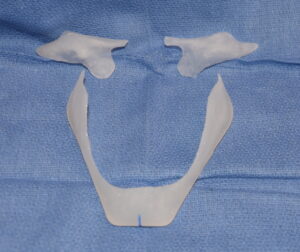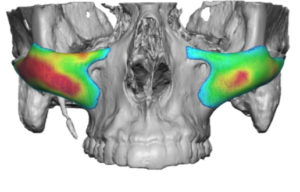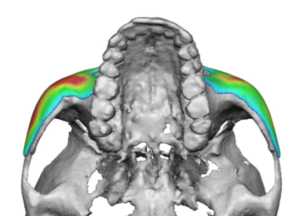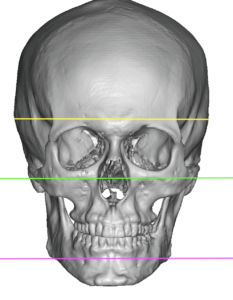
Up to the present time, facial masculinization was limited to chin augmentation mainly and jaw angle implants rarely. (lower facial third enhancement) The concept of upper and middle third facial augmentations was not only not possible but rarely appreciated as having value. Injectable fillers have helped expand the possibilities of voluminization at all three facial levels. (particularly the jawline and cheeks) As patients have appreciated the change from injectable fillers they often seek a more permanent augmentation effect.

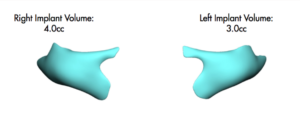
Custom cheek and jawline implants are typically designed together as well as surgically placed concurrently. They are often combined with defatting procedures of the face and neck such as buccal lipectomies and perioral and submental/neck liposuction. Reducing the soft tissue fullness above and below the lines of skeletal augmentation has an obvious synergistic effect.
Dr. Barry Eppley
Indianapolis, Indiana




